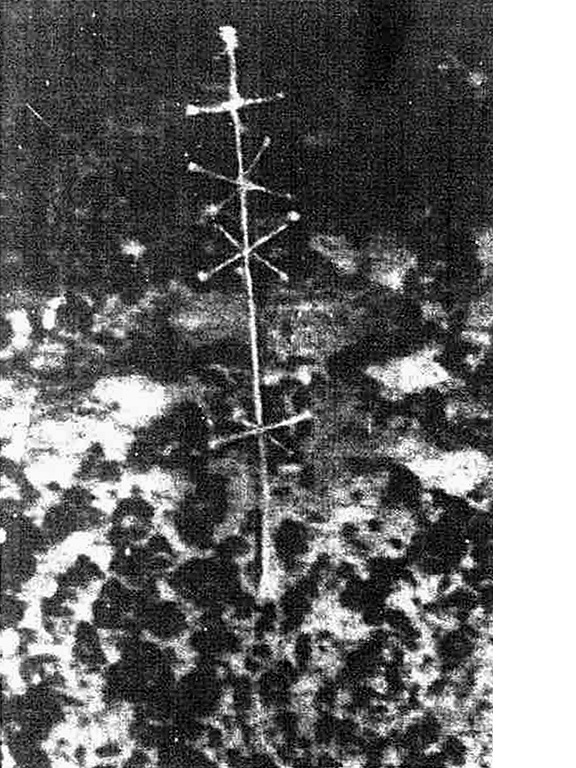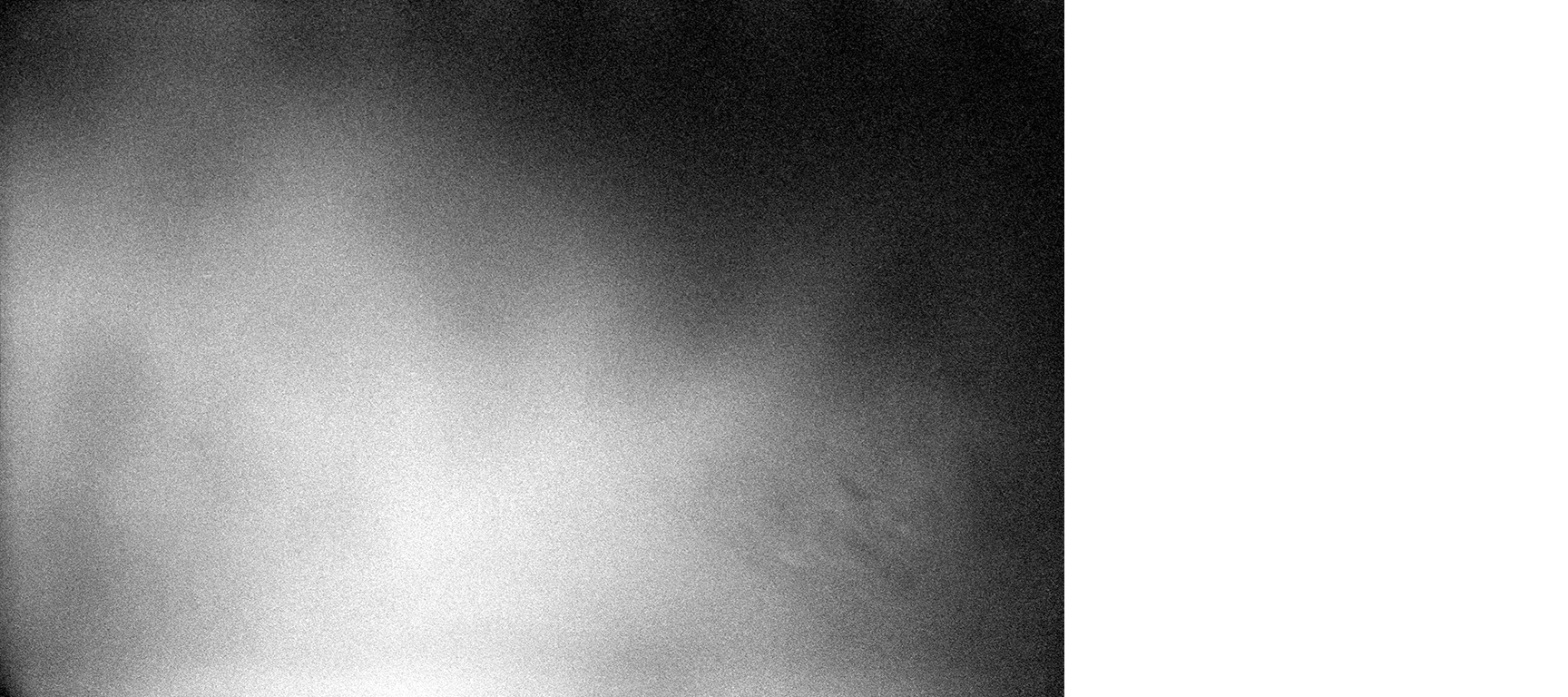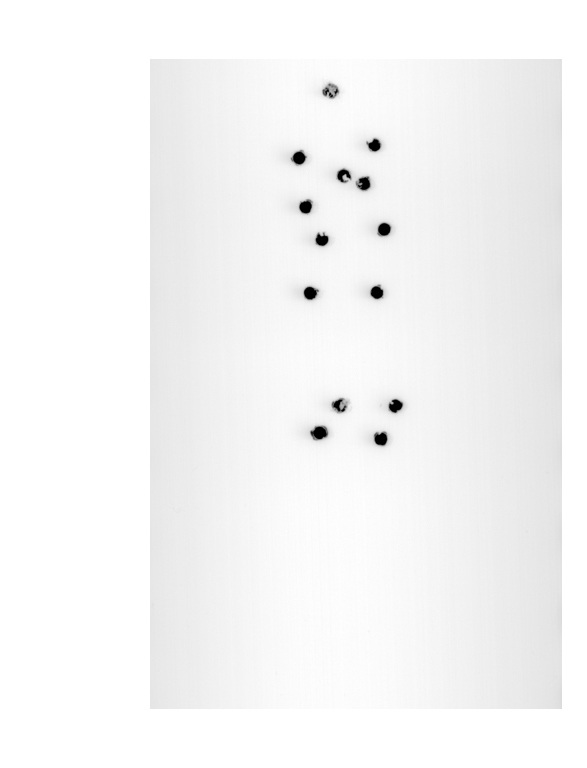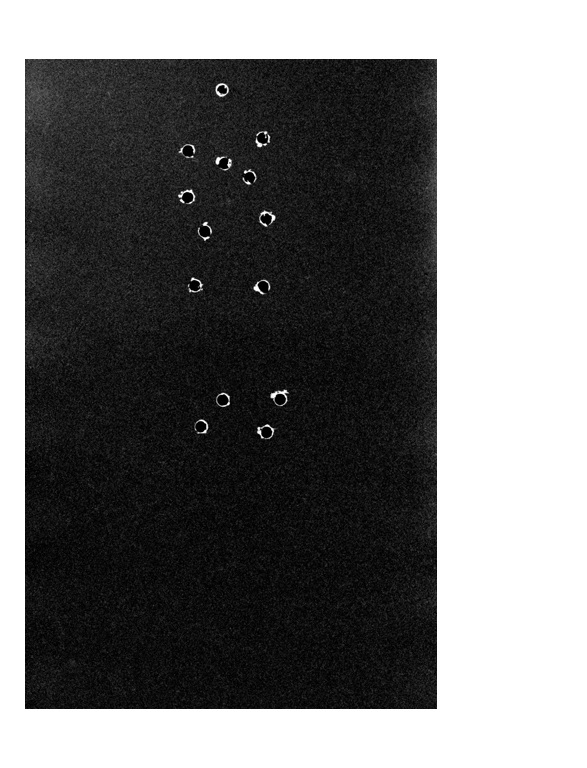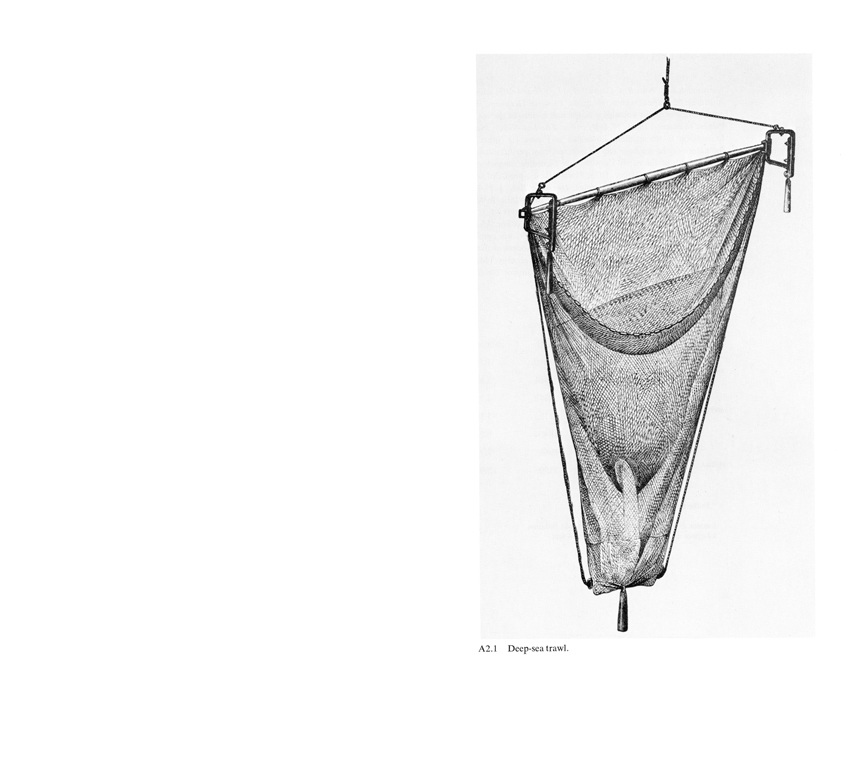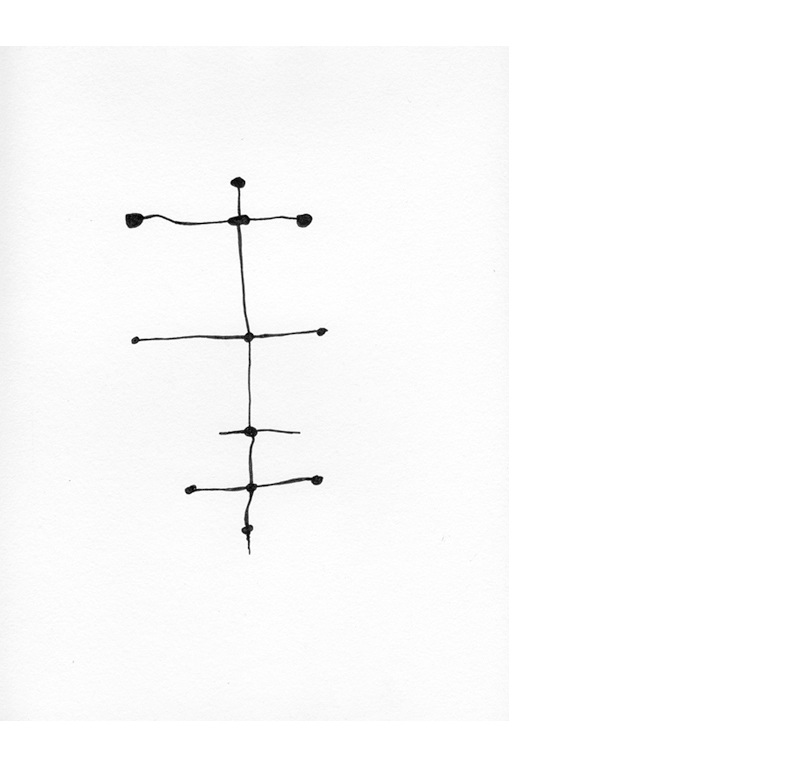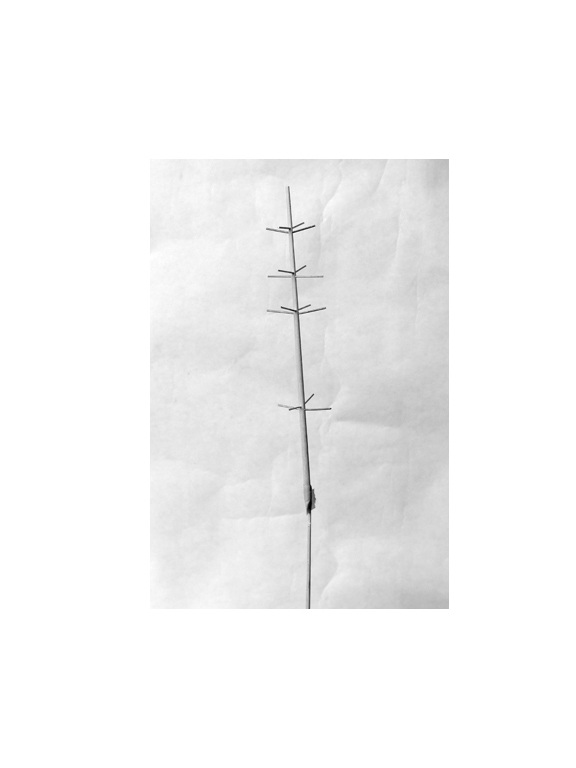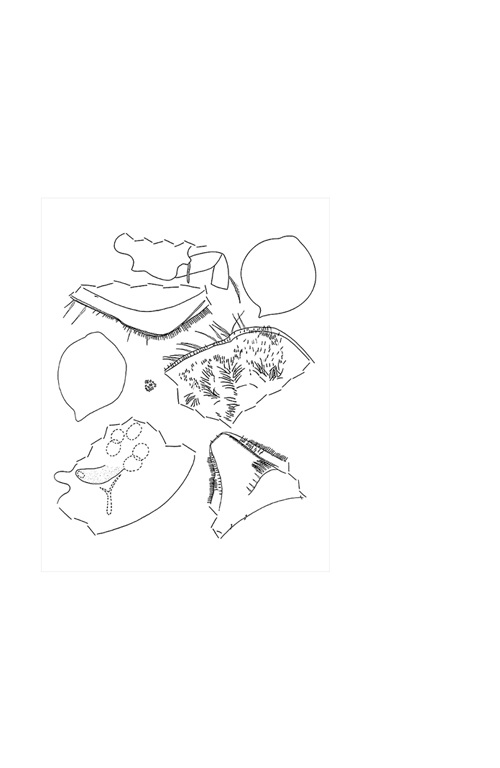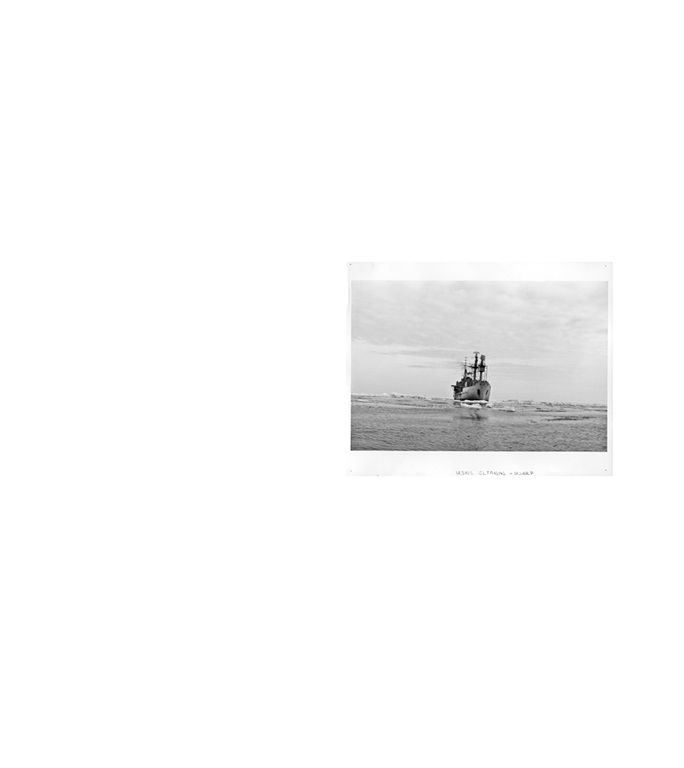In Search of… the Eltanin Antenna - Chris Boyne
Chris Boyne is a photo-based artist living in Montréal & Halifax. His new photo-based project titled In Search of… the Eltanin Antenna at Occurrence Espace d'art et d'essai contemporains in Montréal. The show opens May 9 and runs until June 15.
The Eltanin Antenna was picked up by fringe and UFO devotees and labeled an out-of-place-artifact. Seven years later, the object was identified as a rarely seen deep-water carnivorous sponge called Cladorhiza concrescens first identified in 1888. By 1964, knowledge of the sponge had already existed for 76 years. It is unclear why the researchers aboard the USNS Eltanin were not aware. The fringe has held to the idea of the Eltanin Antenna to this day creating complex mathematical equations to support their theories.
For the project In Search of... the Eltanin Antenna I made a series of fruitless attempts to document the Eltanin Antenna. I tried to photograph the object in St. Margarets Bay, Nova Scotia using an obsolete underwater camera sourced from a Federal Government surplus auction. Operating the tethered camera remotely, I blindly photographed at a maximum depth of 54.5 meters in the deepest waters of the area- only 1% the depth the Eltanin Antenna was first photographed at. I chose to photograph using uncommonly sensitive film with no added light hoping that this clandestine approach might help me find the antenna. The resulting image does not immediately appear to show the Eltanin Antenna or a Cladorhiza concrescens specimen though to the fringe enthusiasts, there could be something in the grainy shadows and shapes...
I also began to look elsewhere for the Eltanin Antenna. I thought I recognized it in Field Horsetail (Equisetum arvense) a herbaceous perennial wild plant and also in the foil wrapper of an 85% cocoa chocolate bar. I looked for the antenna in my darkest deep-water negatives, the ones made at such depth that no light fell on the film. I believe I found the faintest outline on two negatives as though the energy of the antenna had left a mark. I highlighted these findings with pinprick holes. I also found the antenna in documentation of fremont style petroglyphs from Sego Canyon, Utah and made a small sculpture of the antenna hoping to gain some insight by working through its’ physical form. Lastly, I went to the furthest reaching of sources, a homespun fringe website full of blinking GIF adornments and last updated in 2002 to appropriated a computer-generated image. I believe the image was made to show the Eltanin Antenna as a powerful force in the universe; something to be feared or worshipped.
The project concerns itself with notions of fiction and fabrication and creation of photographic content. I am interested in mirroring the impossibility of the fringe conspiracies in the impossibility of my attempts to document the antenna in the deepest, not-so-deep waters of an unrelated bay or in wild plants, chocolate foil or conspiracy websites. Through this collection of bizarre images, I hope to reveal higher and more-real truths in the story of the Eltanin Antenna.
Follow Chris on Instagram and visit his website for an in-depth look at his work.


